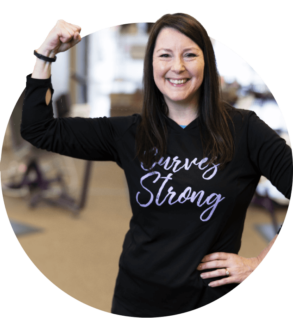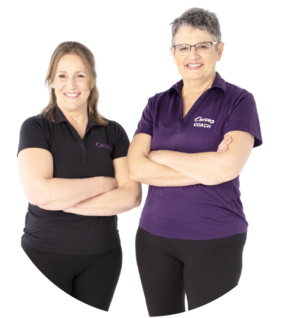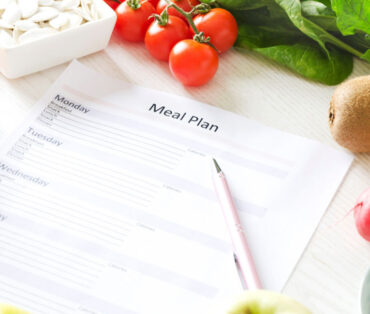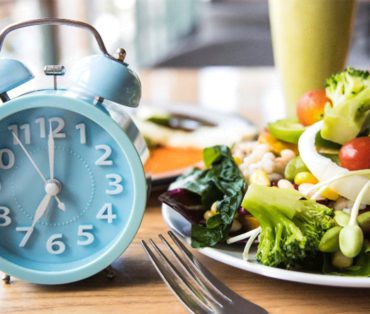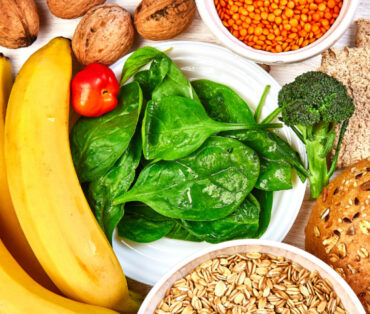5 Tips for a Happy, Healthy Turkey Dinner
Let’s talk turkey—as in the Thanksgiving turkey, the healthy centerpiece of the upcoming holiday meal. A 3-ounce serving of roast turkey breast contains only 125 calories, only 2 grams of fat (a mere half gram of saturated fat), and delivers 26 grams of protein to keep you feeling satisfied so you don’t overindulge in desserts or after-dinner snacks. If not prepared properly, however, the bird may also come with a side of harmful bacteria that can make you horribly sick.
And most of us do not follow food safety recommendations when handling poultry according to results of a national study published in the January 2015 issue of the Journal of Food Protection.
Make your Thanksgiving holiday a happy and healthy one by following these turkey-handling tips.
1. Don’t wash the turkey.
Rinsing poultry doesn’t eliminate bacteria, rather it tends to splash any harmful microbes onto the countertop or any nearby utensils or foods, creating cross-contamination.
2. Stuff loosely if at all.
Food safety experts at the United States Department of Agriculture recommend that you cook stuffing in a casserole dish rather than the cavity of your turkey. The danger is that when the bird is done, the stuffing may not have reached the required 165 degrees F necessary to kill off any harmful bacteria. If you simply must stuff the bird, fill the cavity loosely, using roughly ¾ cup per pound of turkey, and immediately put the turkey in your oven preheated to a temperature no lower than 325 degrees F.
3. Do wash your hands and anything that may have touched your turkey.
After you’ve popped your turkey in the oven, wash your hands with soap and warm water for a minimum of 20 seconds. Clean utensils, countertops, and the cutting board if you’ve used one (it’s a good idea to have a cutting board for meats and poultry and a separate one for veggies and fruits) with hot soapy water.
4. Use a food thermometer.
Check the temperature of the turkey at the thickest part of the breast, the innermost part of the thigh, and the wing. It must reach a minimum of 165 degrees before you pull it out of the oven. The same goes for the stuffing. If the meat is done, but the stuffing is not, you need to cook the turkey longer.
5. Store leftovers wisely.
Relax and enjoy your meal but remember to refrigerate any leftovers 2 hours after serving. Pack them in small containers, and eat them within 3 to 4 days.
Now remember these tips and follow them to a T on turkey day. You’ll be thankful you did!
Curves Nutrition Program members: use the exchange meal builder to pick out combinations that would work for you! Remember:
– A palm is close to 1 protein exchange (3-4oz)
– A fist is 2 starch exchanges (1 cup)
– A fingertip is 1 fat exchange (1 teaspoon)
– A tennis ball is 1 fruit exchange (1/2 cup)



